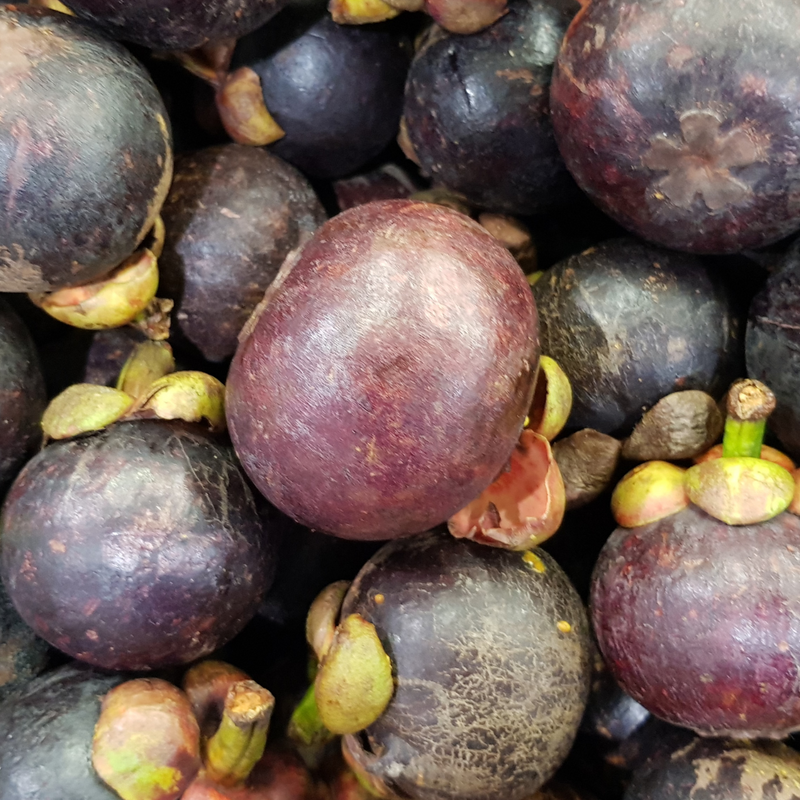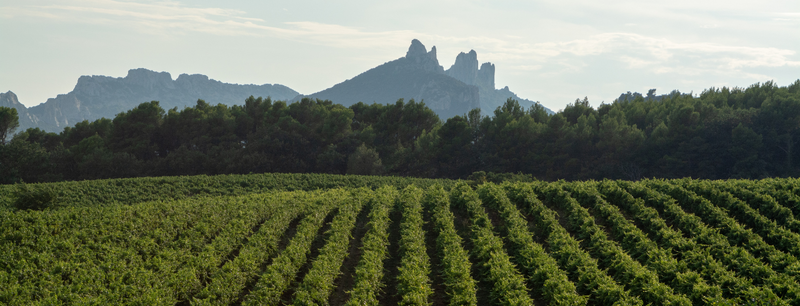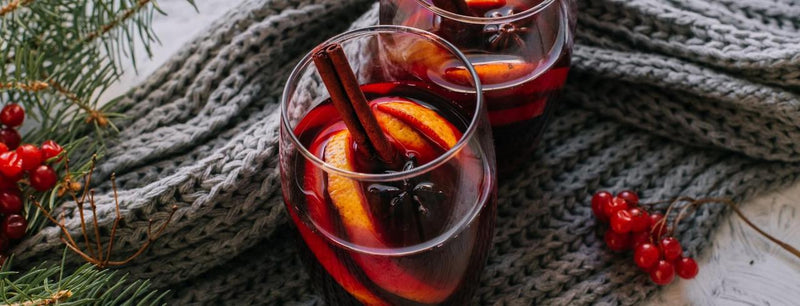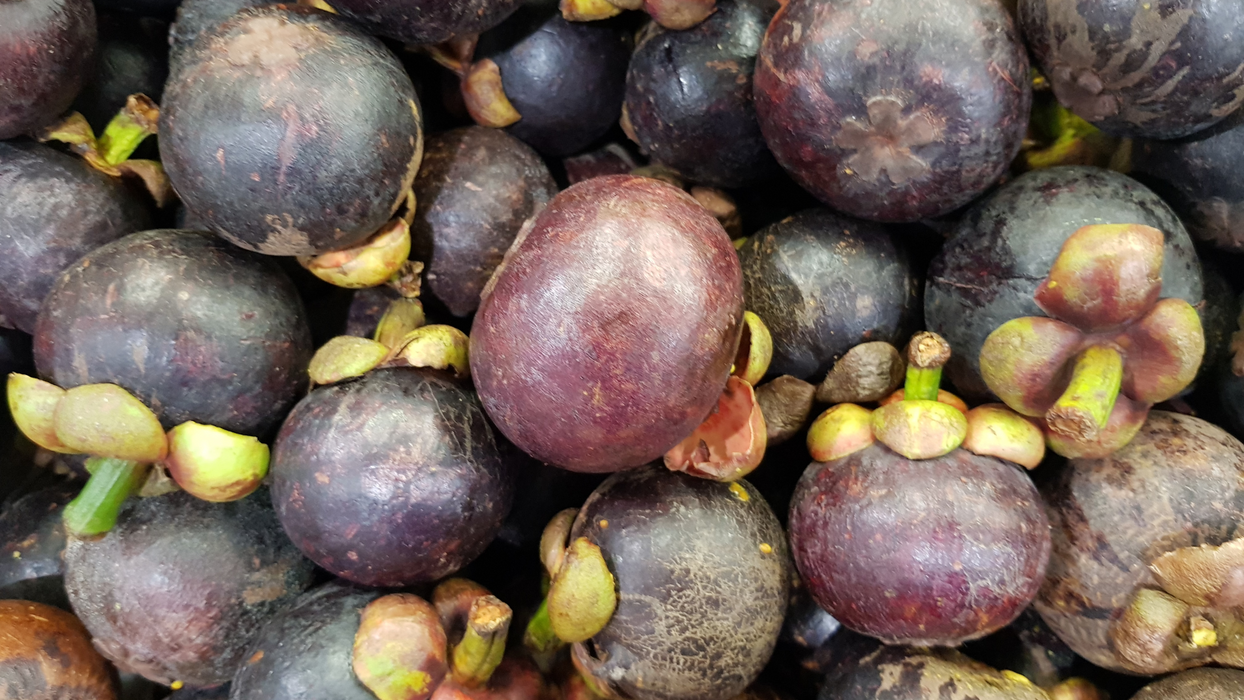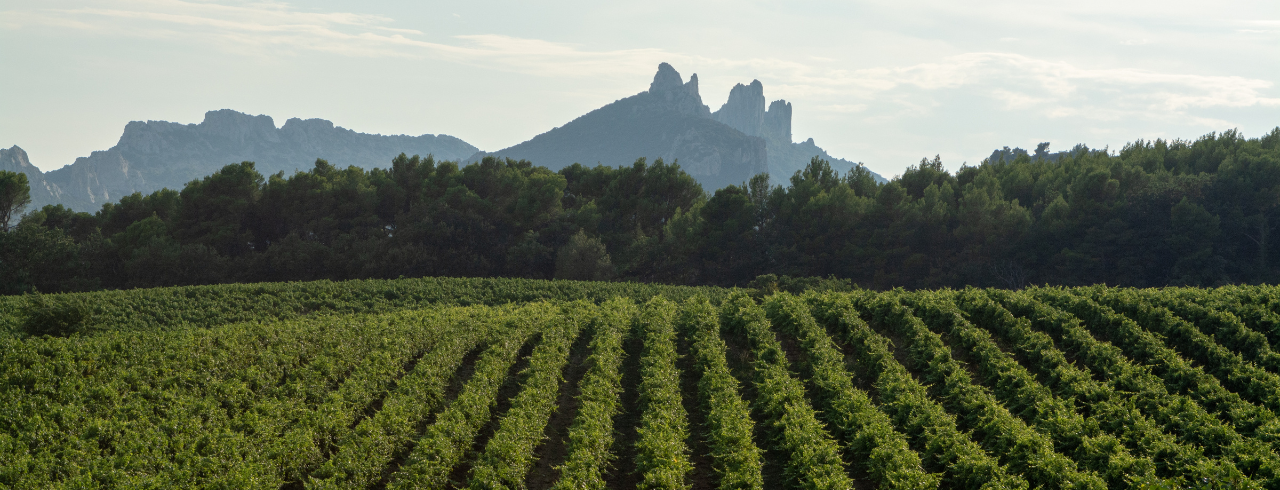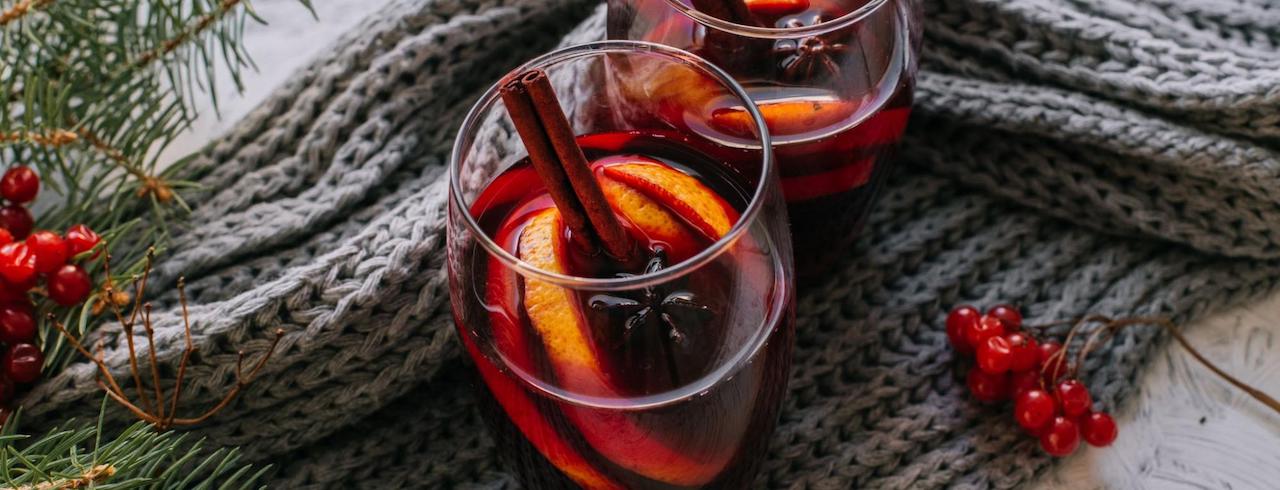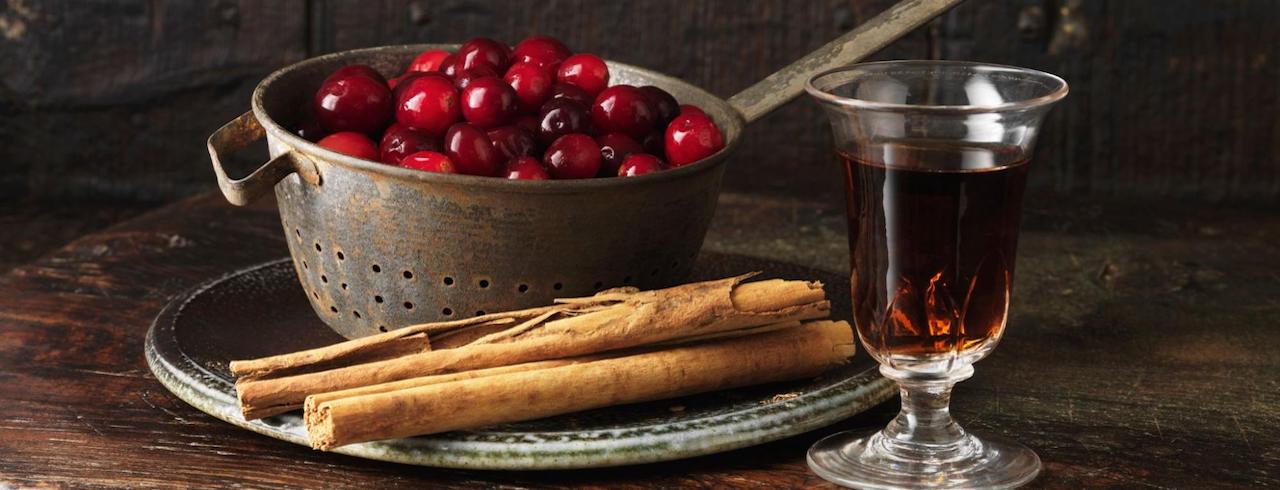
The 5 Different Types of Fortified Wine
For American palates, there is perhaps no more overlooked umbrella of wine than that of fortified wines.
Despite their long and storied history, fortified wines are often viewed solely as a cooking ingredient or as an occasional dessert sipper. That’s a very limited view of an incredibly diverse array of vinos.
From the nutty sweetness of marsala to the refined flavors of a dry vermouth, there are countless flavor variations to discover in fortified wine.
These uniquely crafted bottles have typically seen success amongst the European nations, Portugal and Italy in particular. It’s high time for taste buds of all nationalities to enjoy the complexity and sweetness of fortified wine.
Let’s learn about the unique winemaking process that leads to classics like sherry, port, and vermouth and dive into the many different types of fortified wine waiting to be enjoyed.
What Does Fortified Wine Mean?
To craft fortified wine, winemakers add a distilled spirit to red or white wine during the fermentation process. This process boosts its alcohol content and potentially adds sugary sweetness.
To create a sweet fortified wine, winemakers add the spirit before fermentation ends. To create a dry fortified wine, they only add the spirit once fermentation has completed.
How does this work? It all comes down to yeast.
Yeast is the primary fermentation agent in most wines, transforming sugars in grape juice into ethanol (alcohol). However, yeast cannot survive in an alcohol content of around 16% ABV.
Most table wines have an ABV of around 12-14% ABV, so yeast can complete fermentation as long as the winemakers allow. Of course, adding spirits to wine boosts the ABV.
If winemakers add the spirit to the wine prior to the completion of fermentation, the higher alcohol levels suffocate the yeast. Without yeast, the remaining sugars in the grape juice never convert to alcohol.
This results in a sweet, fortified wine with higher levels of sugar. On the other hand, if the spirit is added after fermentation, all of the grape juice’s sugars are converted to alcohol, resulting in a dry fortified wine.
To imbue even more layered flavor, winemakers often age fortified wines in wood casks to impart notes of tobacco and vanilla, among others.
The 5 Different Types of Fortified Wine
There are many different types of fortified wine, each with its own distinct history and unique regulations. Let’s dive into 5 main types of fortified wine, learning about their origins, flavors, and unique winemaking processes!
-
Sherry
Cultivated from the Palomino, Muscat, or Pedro Ximenez grape, sherry is produced in the Jerez region of Spain.
The production of sherry is distinct in the world of fortified wine. Winemakers intentionally oxidate the wine, imbuing it with a salty, nutty flavor.
Prior to bottling, winemakers blend barrels of sherry with older wines. This method of winemaking is called the solera method, and it’s virtually exclusive to sherry production.
Similar to other fortified wines like vermouth, sherry is fortified with brandy and contains approximately 15-18% ABV. When it comes to sherry vs wine aging potential, sherry comes with a shelf life 4-5 times longer than similar red wines due to the brandy contained within.
Here are some different types of sherry wine you might find in the Jerez region of Spain:
- Manzanilla
- Amontillado
- Fino
- Oloroso
- Sweet Sherry
-
Port Wine
Originating from the Douro Valley in northern Portugal, port wine is one of the most popular types of fortified wine.
Typically port wine resembles a sweet red wine, though it also comes in dry, semi-dry, and white varieties.
Here’s a brief rundown of the different types of port wine:
- Ruby Port: A port with savory, herbaceous qualities.
- Tawny Port: Barrel-aged port wine known for its notes of caramel and cashew.
- White Port: Dry, sweet port made from late-harvest white grapes. A dry or sweet Port made from local white grapes
- Rose Port: Red wine port made with minimal maceration time for grape skins.
- Vintage Port: Port cultivated from the harvest of a single year.
There are over 50 different Portuguese grape varieties allowed in the production of authentic port wine, including Touriga Nacional, Touriga Franca, and Tempranillo, among others.

-
Vermouth Wine
Unlike the other fortified wines on this list, vermouth qualifies as an aromatized wine. This is a subgenre of fortified wines that are infused with florals, spices, herbs, and fruits, with an average ABV of anywhere from 15-18%.
Dry vermouth, or French vermouth as it’s often labeled, is a fortified wine made by blending white wine with various spices and dried herbs like chamomile, cinnamon, and cardamom before adding brandy. This means that in comparing sherry vs vermouth, the aromas of vermouth are often stronger and more pungent.
Vermouth is one of the main ingredients in a Martini, the drink of choice of James Bond.
On the other hand, sweet Vermouth or Italian vermouth contains much more residual sugars. This leaves it with a caramelized, fragrant flavor profile with a thicker mouthfeel. Sweet vermouth can be made from red or white wine, though some winemakers only consider red wine vermouth truly authentic.
If you’ve ever ordered a Manhattan or Negroni, you’ve likely imbibed sweet Vermouth. It also tastes delightful on its own with a bit of seltzer water and ice.
-
Marsala
Journey to the island of Sicily to discover the wonders of Marsala wine. Producing using Italian grapes, Marsala represents one of the densest options on this list at 15-20% ABV.
Often used as a cooking wine, Marsala can certainly holds its own as a table wine with fruity caramel flavors of apricot, apple, tobacco, and licorice.
Marsala is typically categorized according to sweetness level:
- Seco: Less than 40g of residual sugar per liter
- Semi-Seco: 40-100g of residual sugar per liter
- Sweet: Over 100g of residual sugar per liter

-
Madeira
This Portuguese fortified wine is often viewed as a suitable cooking alternative when you don’t have a bottle of Marsala on hand. It originates from the Madeira Islands of Portugal and is often served alongside fatty meats and savory semi-hard cheeses.
When it comes to Madeira vs port, the key distinction lies in Madeira’s heating process.
Madeira winemakers use a unique, artificial heating process exclusive to Portugal known as estufagem to craft this unique fortified wine. Estufadem is designed to replicate the gentle, gradual heating of long voyages baking in the summer sun that imparted classic Madeira with its signature flavors.
Many dessert wine enthusiasts swear by Madeira’s aging potential, with the fortified wine taking on even sweeter, more complex notes of hazelnut and caramel with each passing year.
Further Your Fortified Wines Education
From marsala to sherry, many of us have been taught to overlook fortified wines as novelty dessert wines or simple cooking ingredients.
The only way that’s going to change is by giving these unique bottles a shot.
Add a splash of sweet vermouth to your next glass of chilled seltzer. Break out your inner James Bond and craft an old-fashioned Martini, shaken, not stirred. Above all, approach each new sip with a sense of adventure.
Explore our expansive catalog of sweet dessert wines along with every other type of varietal you can imagine, from full-bodied reds to crisp whites.
For an extra infusion of sweetness, use our discount code WINE101 to receive 30% off your order at checkout!
While you’re waiting for your order to arrive, browse our blog to learn everything there is to know about dessert wines and other types of wine that originate from all around the Mediterranean.
